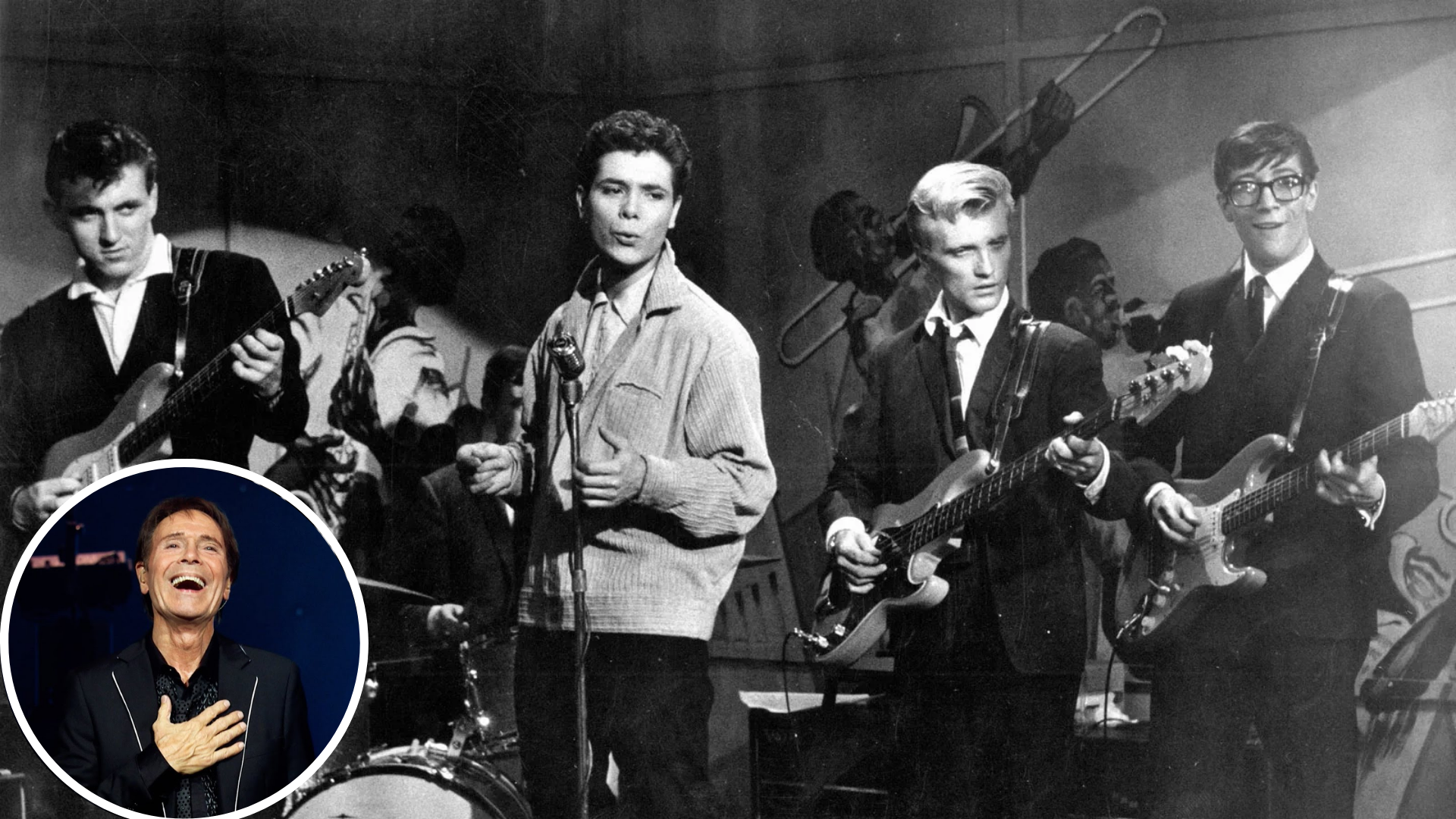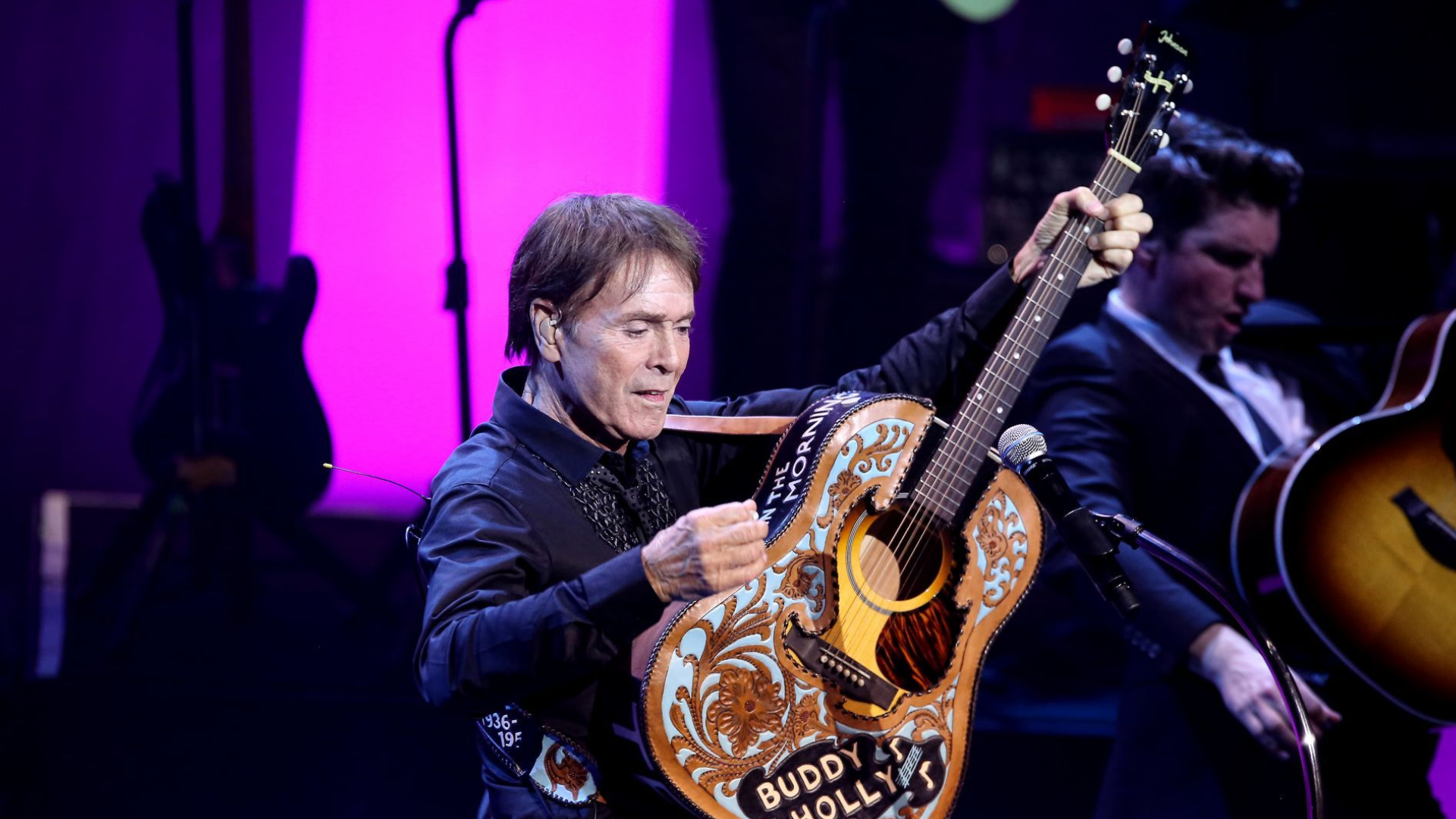
When Cliff Richard released “Move It!” in 1958, few could have predicted the seismic shift it would bring. Until then, Britain had mostly imported its rock ’n’ roll idols from across the Atlantic — Elvis, Buddy Holly, Little Richard. But with this track, Cliff Richard and The Drifters (soon to be The Shadows) planted the flag: the UK had its own voice in rock.

From the opening guitar riff, raw and sharp, “Move It!” carried a swagger that was unmistakably new. Cliff’s vocal performance brims with youthful energy, his phrasing filled with grit and attitude. It wasn’t polished pop — it was urgent, rebellious, and alive, the sound of a generation finding its freedom.
The lyrics are simple but effective, a call to action: “Come on pretty baby, let’s move it and a-groove it.” It’s music as movement, as release, as rebellion against the stillness of a post-war world. While later songs would show Cliff’s versatility as a balladeer, here he was pure fire — Britain’s answer to the rock ’n’ roll explosion.
What makes “Move It!” so important isn’t just its energy, but its legacy. It was the song that inspired countless young British musicians — including John Lennon, Paul McCartney, and George Harrison — who later admitted that before Cliff, they didn’t believe rock ’n’ roll could come from their own shores. Without “Move It!, the British Invasion might have sounded very different.
More than six decades later, the song still sounds fresh. The riff bites, the beat drives, and Cliff’s delivery captures the eternal spirit of rock — raw, rebellious, and unapologetically alive.
“Move It!” wasn’t just a debut single. It was a declaration. A moment when Britain’s music scene went from echoing America to creating its own future. And with that, Cliff Richard cemented his place as the pioneer who lit the fuse.